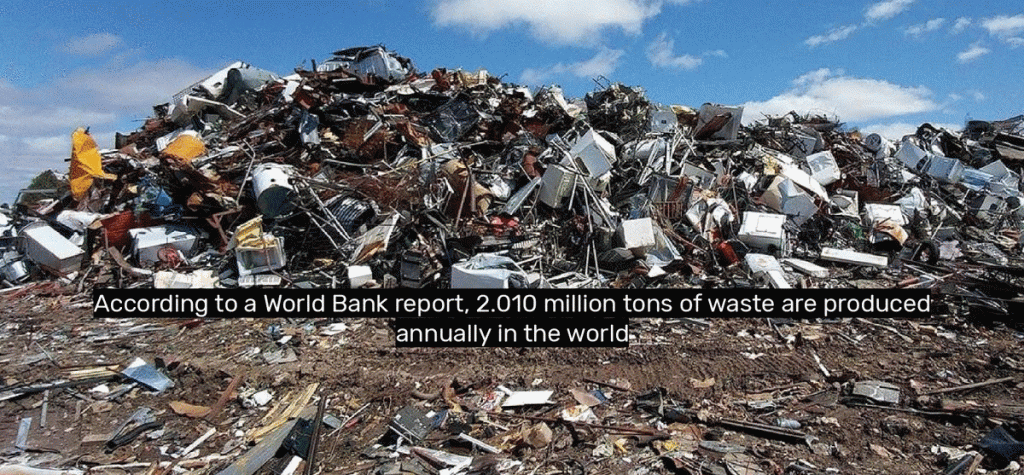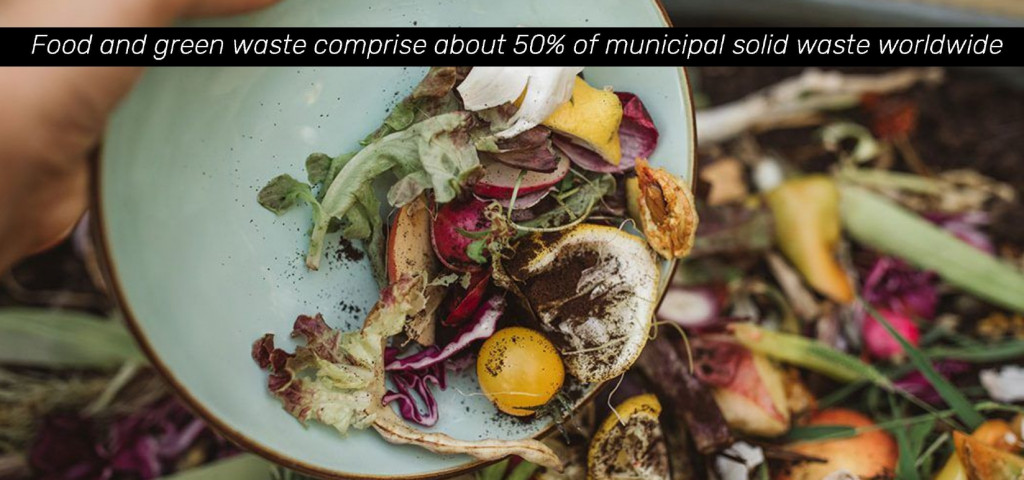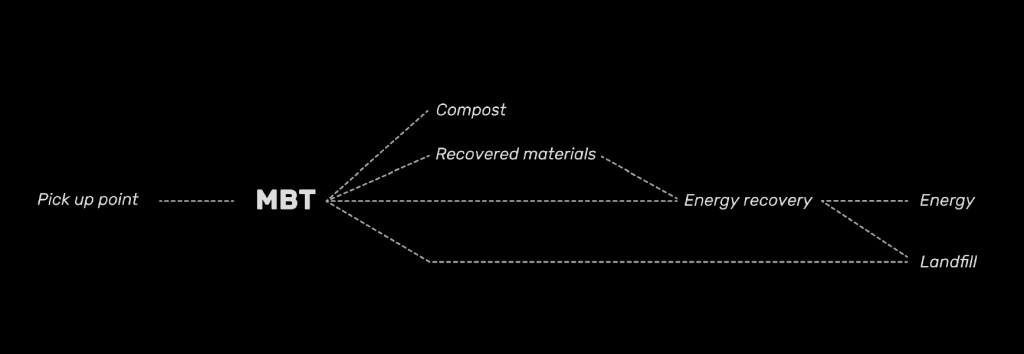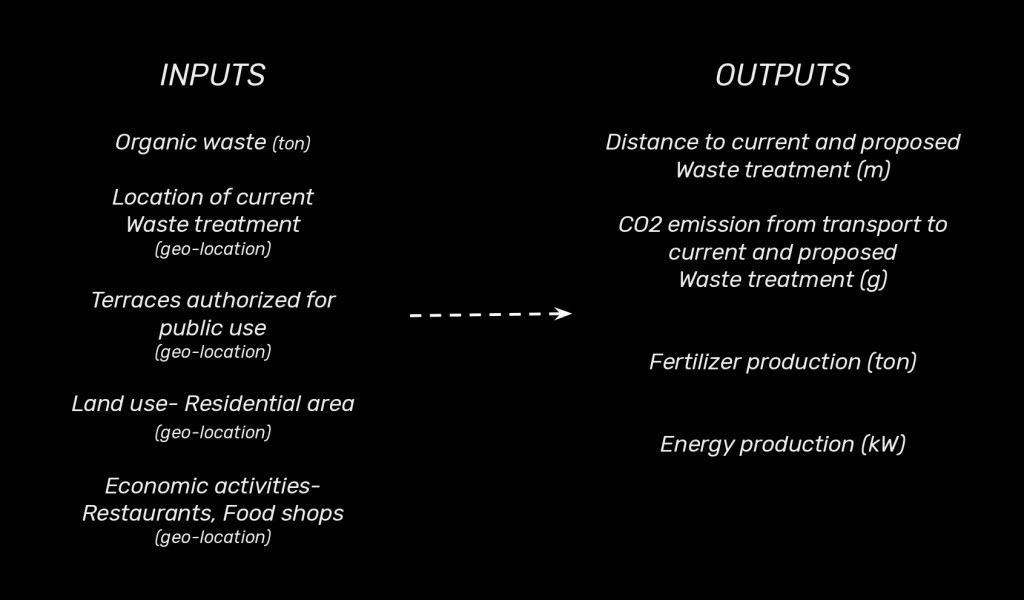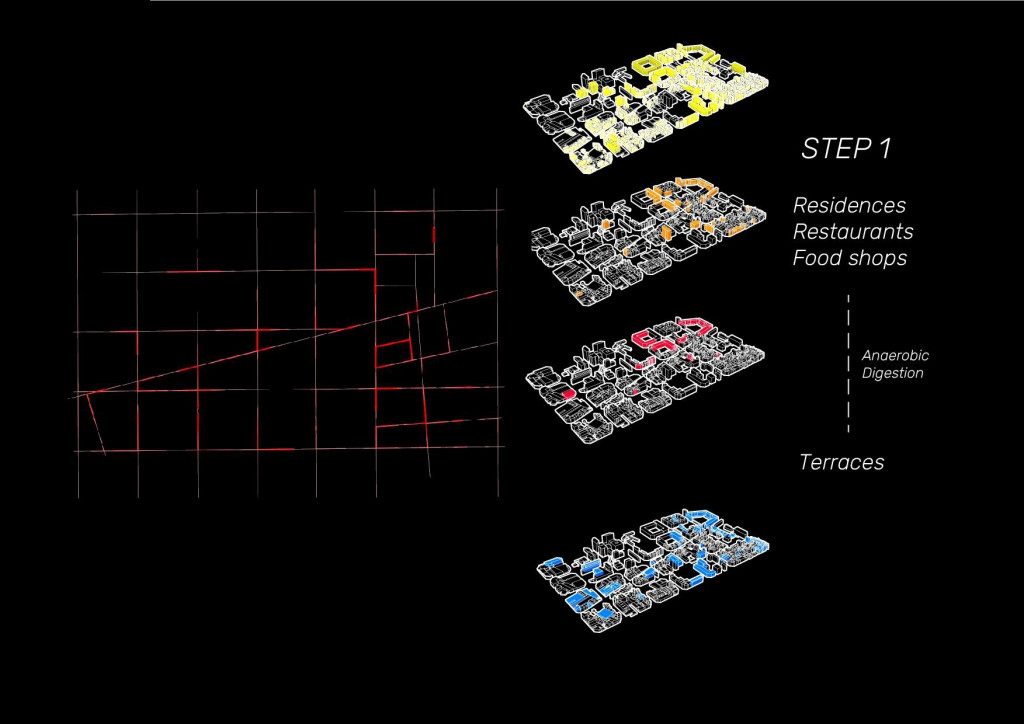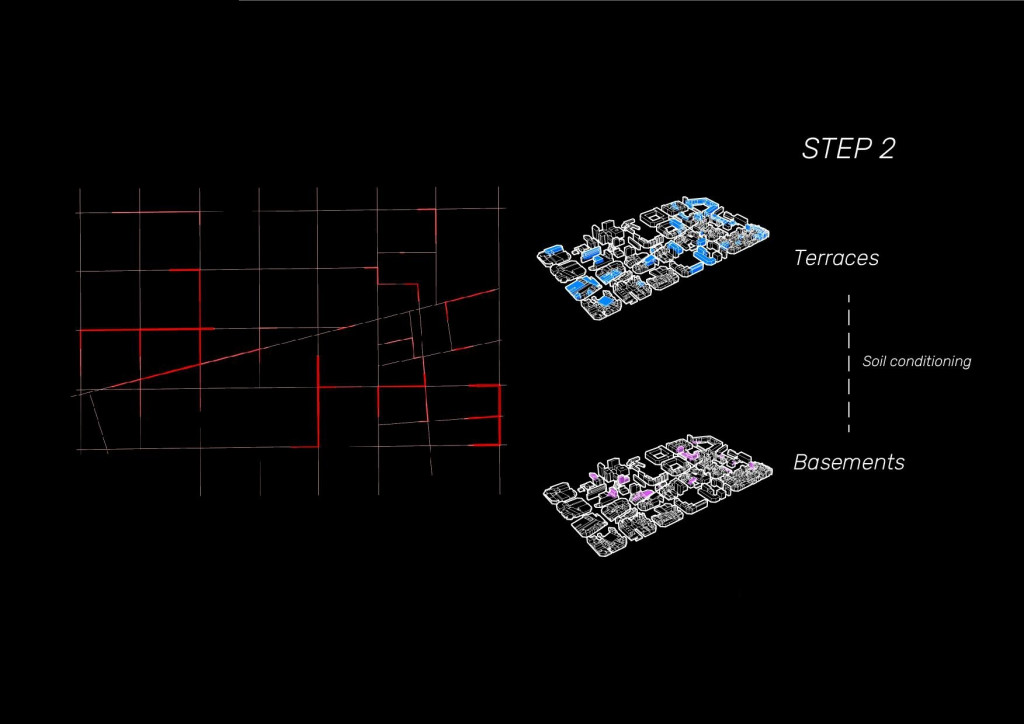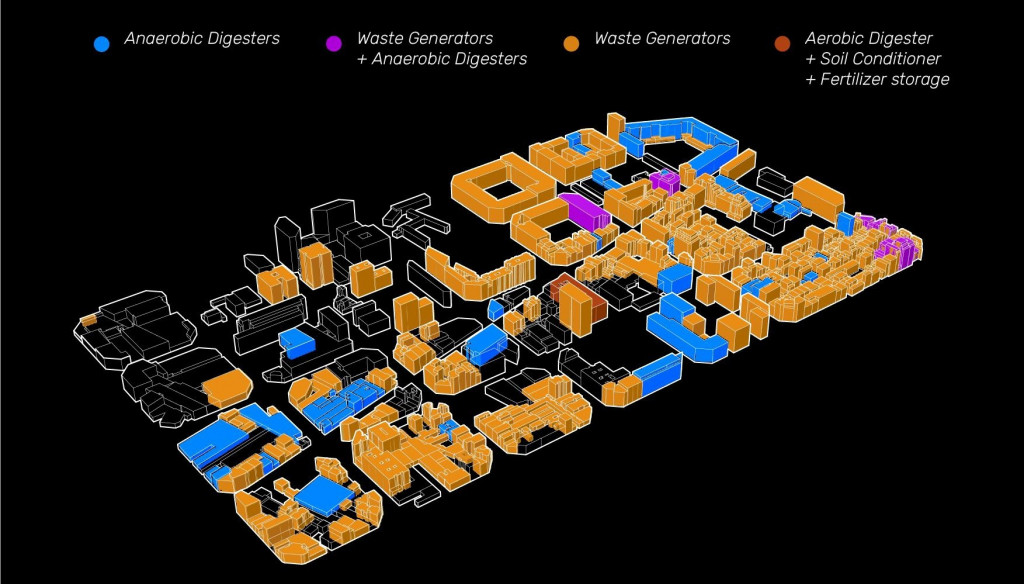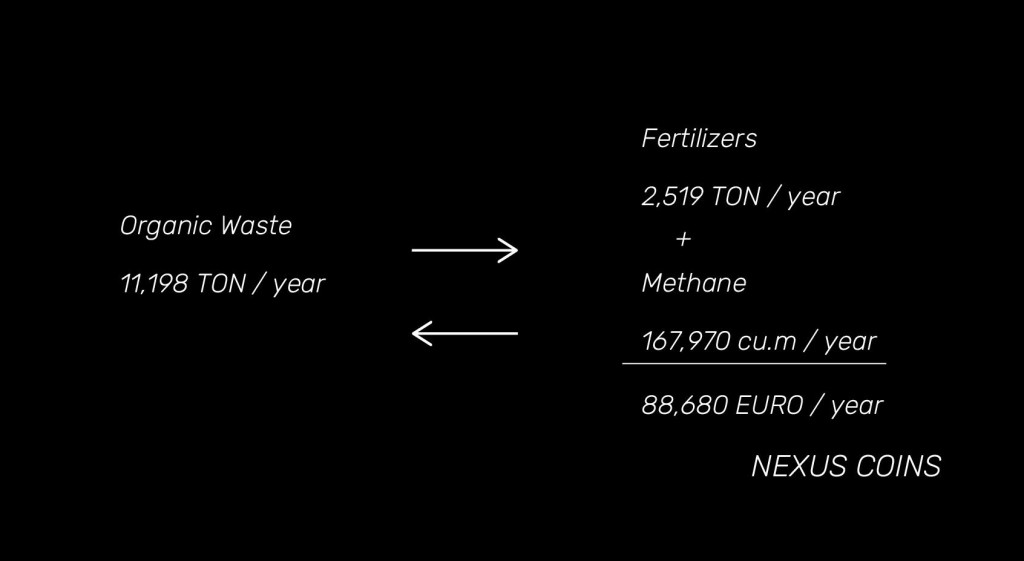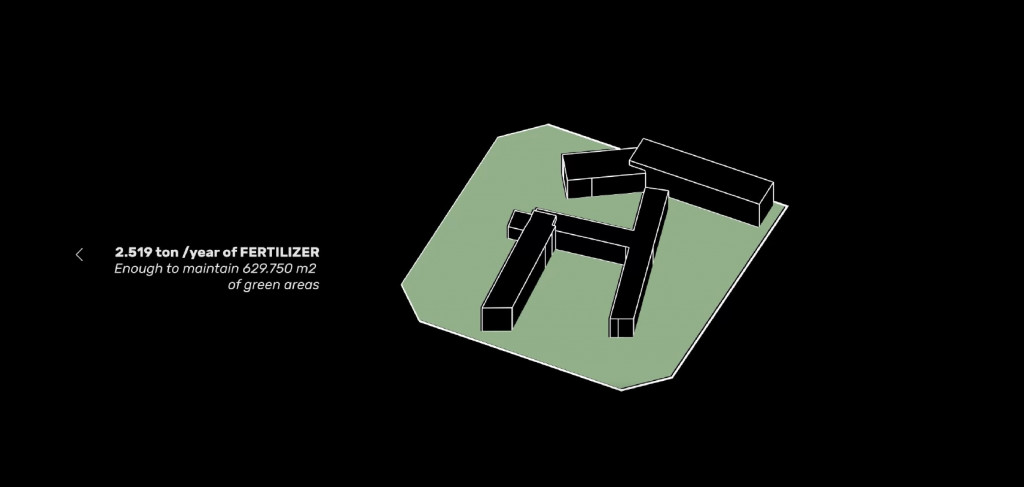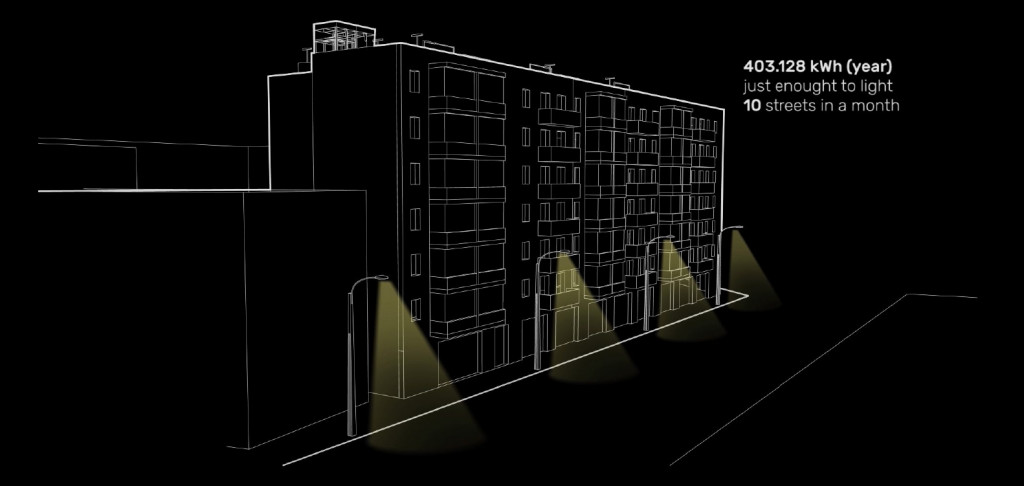Premise
We turn on the lights in our house from a desk in an office from miles away. Our refrigerator alerts us to buy milk on the way home. A package of cookies on the supermarket shelf suggests that we buy it, based on past purchases. The cookies themselves are on the shelf because of a “smart” supply chain. When we get home, the thermostat has already adjusted the temperature so that it’s toasty or bracing, whichever we prefer. This is the Internet of Things—a networked world of connected devices, objects, and people. Samuel Greengard, author of The Internet of Things paints this picture of the emerging world in his book. The Internet of Things (IoT), certainly has paved the way for us to rethink how building communication systems can improve the livability of a built space by creating efficient connections between the user and his/her devices.
The Internet of Buildings (IoB) research explores possibilities of applying the same principle to improve the livability of urban spaces by creating efficient connections between citizens and city infrastructure. For efficient operation of IoB and harness intended outputs, it is necessary to assess similarities and dis-similarities of IoT and IoB. Potency of each discourse coincides in terms of fundamental need for integration of sensing and actuating technologies. And hence development of the internet could be highly dependent on technological advancement of sensors and actuators. While IoT is enhancing building performance, effectively causing innovation in the building and construction industry, leading to creation of new kinds of tech embedded building elements, IoB ought to consider broader urban context. Scaling up the same principle in urban scale would require new parameters and also perhaps change in weightage of those parameters. For example, IoB would require more consideration of existing building typologies which in most cases are operational. Also, successful IoB ought to consider pragmatic application of network in existing context and at the same time should be able to project new discourse regarding building typologies and/or urban morphologies with aim for addressing various areas of concerns of humanity in the 21st century.
Introduction
The evolution of human societies now raises the question of the future of their energy and their environmental impacts. With the depletion of fossil energy resources, we observe that international legislation and especially European policies lead to an energy transition focused on local and renewable resources. By 2050, it is estimated that the world population will reach 9.6 billion, 66% of whom will live in urban areas. Currently, 54% of the population live in these areas and cities already represent 70% of the total emissions of CO2. This defined the urban scale as a target for the implantation of sustainable resources management.
For a circular economy it is essential to recycle materials from waste in order ‘to close the loop’. The recovery of energy from waste also plays an important role. Waste disposal should be phased out and, where it is unavoidable, it must be adequately controlled to be safe for human health and the environment. As the EU has given priority to circular economy policies, the JRC has been providing research support on the waste-related aspects of the circular economy. To that end, it has been working with stakeholder experts in carefully structured and transparent consultation processes. The outputs include proposing end-of-waste criteria for certain waste streams, as well as safety and quality requirements for recycled materials; producing reference information on best available techniques and best practices; and carrying out techno-economic and environmental assessments of recycling processes, waste-to-energy options, and waste disposal operations.
At city scale, Barcelona City Council is launching an awareness and communication campaign for the Plan for Raising Awareness in Improving Organic-Waste Collections, which is being pilot-tested in four of the city’s neighborhoods, to improve organic waste collection both quantitatively and qualitatively. Based on a preliminary study that took into account the neighborhoods’ features and organic matter collection rates, the neighborhoods chosen for the pilot test are La Barceloneta, Les Roquetes, El Putxet i Farró, and El Guinardó. These are four neighborhoods with very different realities, as well as unequal results as regards organic waste collection. It is aimed at each resident as well as neighborhood organizations and associations.
Decentralized nature, holistic approach and incorporation of multifaceted strategy can harness its inherent potency to have multilayered impact on CO2 emissions, transportation, resource management and local economy. Also, selective collection of organic waste can also have positive side effects such as lower contamination rate for all kinds of waste and higher recycling rate for other materials.
References
- Bautista Angeli, J.R., Morales, A., LeFloc’h, T. et al. Anaerobic digestion and integration at urban scale: feedback and comparative case study. Energ Sustain Soc 8, 29 (2018).
https://doi.org/10.1186/s13705-018-0170-3
-
https://ec.europa.eu/jrc/en/research-topic/waste-and-recycling#:~:text=For%20a%20circular%20economy%20it,human%20health%20and%20the%20environment.
-
https://ajuntament.barcelona.cat/ecologiaurbana/sites/default/files/GuiaRecollidaSelectiva.pdf
-
https://steemit.com/steempark/@sndbox/steem-park-film-digital-currency-real-design-exploring-the-steemit-documentary
-
https://mitpress.mit.edu/books/internet-things
-
https://energsustainsoc.biomedcentral.com/articles/10.1186/s13705-018-0170-3
CASH[TRASH] nexus is a project of IaaC, Institute for Advanced Architecture of Catalonia
developed at Master in City & Technology in (2019/2020) by:
Students: Michelle Rodriguez, Akshay Marsute
Faculty: Areti Markopoulou, Alex Mademochoritis and Iacopo Neri.

